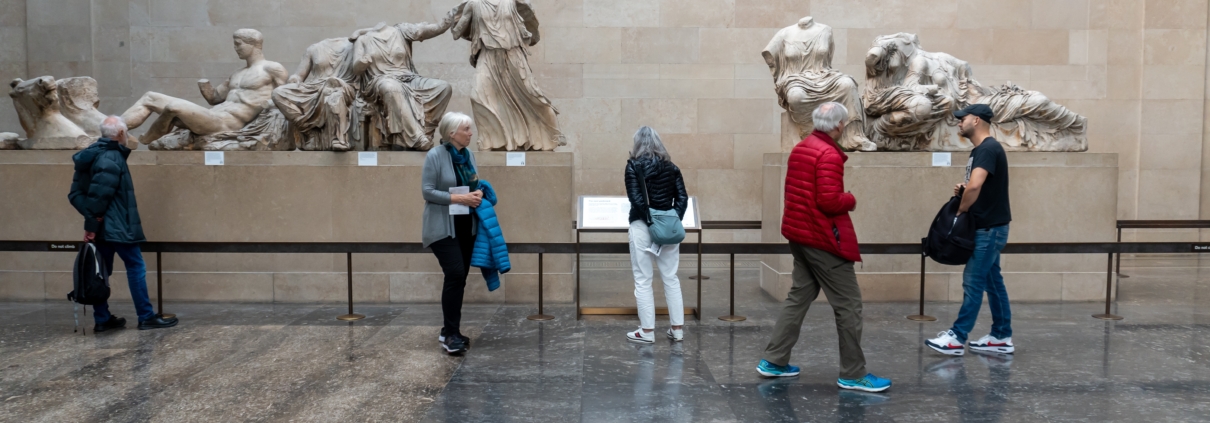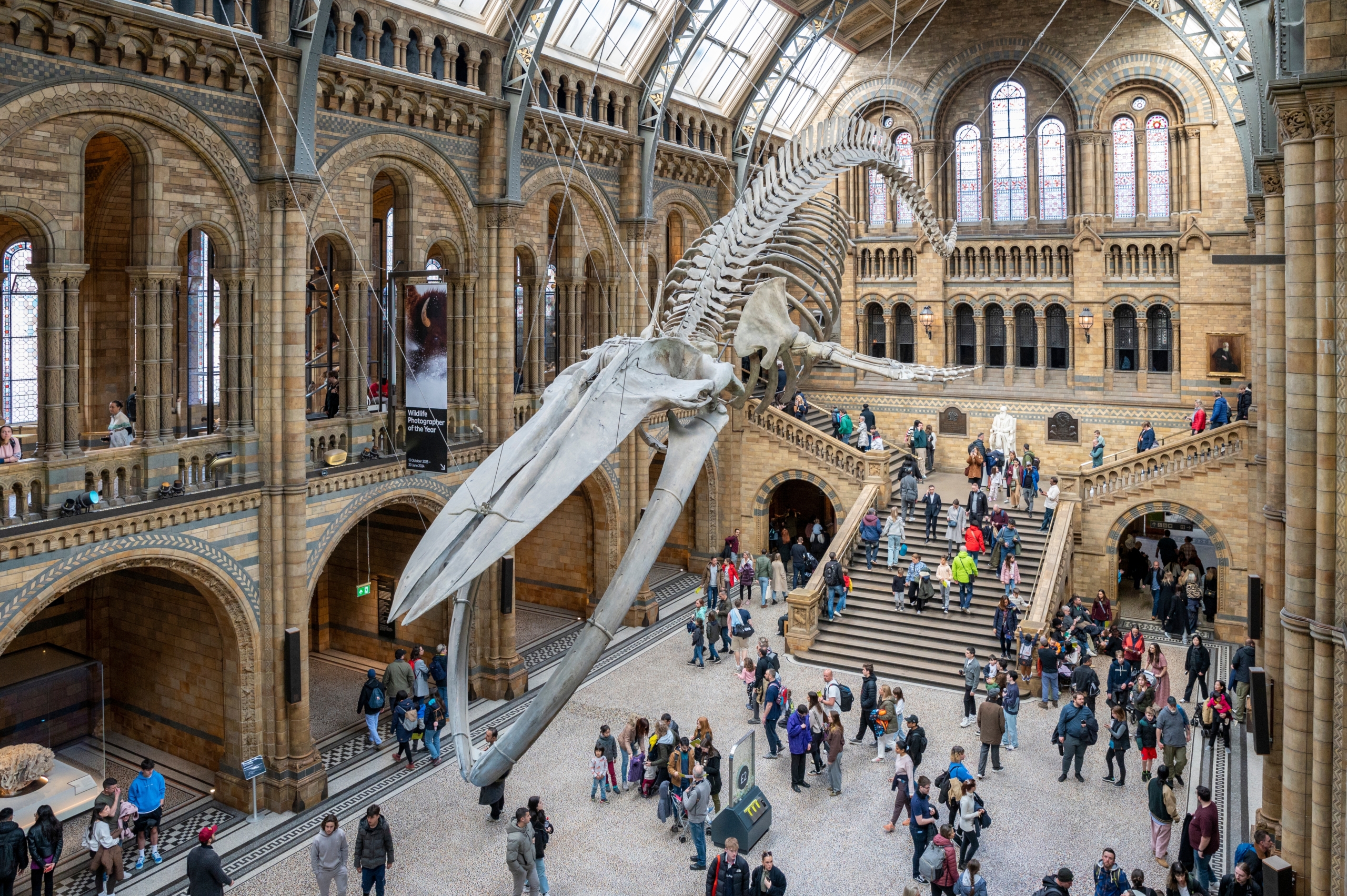More Than Moving: The Delicate Art of Museum Relocation Services
A museum relocation is far more complex than moving an office or a home. It requires precise planning, specialized expertise, and meticulous attention to detail. Whether it’s a small local gallery or a renowned institution with priceless artifacts, museum relocation presents unique challenges that must be addressed to ensure the preservation of cultural treasures.
Think of it like this: museums house objects that are often irreplaceable, with historical and cultural significance that transcends monetary value. A single misstep could result in damage to a piece of history, potentially erasing a vital link to our past. This is why relocating a museum is a highly specialized field, demanding a level of care and precision that goes beyond standard moving practices.
What is a Museum Relocation Service?
A museum relocation service specializes in the safe and efficient transportation of a museum’s entire collection. Unlike standard moving companies, these professionals understand the importance of preserving the integrity of delicate artifacts, historical pieces, and fragile exhibits. From packing and transportation to reinstallation, museum relocation services manage every aspect of the move to ensure a seamless transition.
These services act as custodians of history, ensuring that every item, from ancient pottery shards to delicate textiles, is handled with the utmost respect and care. They bridge the gap between the old and the new location, ensuring the continuity of the museum’s mission and the preservation of its collection.
Key Features of Museum Relocation Services:
Specialized Packing Materials: Custom crates, acid-free packing paper, and temperature-controlled solutions are often employed. Imagine a 2,000-year-old Egyptian sarcophagus being transported across continents. It requires a custom-built crate, lined with protective materials, and carefully loaded into a climate-controlled vehicle to prevent any damage during its journey. This is the level of detail that museum relocation services provide.
Expert Handling: Trained personnel handle fragile and sensitive artifacts with care. These experts are not just movers; they are trained in art handling, understanding the nuances of different materials and the specific requirements for their safe transportation. Similar to our data center movers, who specialize in relocating sensitive servers and IT equipment, our museum relocation team is highly skilled in the art of packing, loading, and unloading delicate items, ensuring that each piece is secured and protected throughout the move.
Logistical Coordination: Planning the safest routes and ensuring compliance with regulations. Museum relocation involves a complex web of logistics, including route planning, permits, customs clearance (for international moves), and coordinating with various stakeholders. Museum relocation services navigate this complexity with expertise, ensuring a smooth and efficient move.
Environmental Controls: Maintaining appropriate humidity, light, and temperature levels during transit. Many museum artifacts are sensitive to fluctuations in temperature and humidity. Paintings can crack, textiles can fade, and metal objects can corrode if exposed to unfavorable conditions. Museum relocation services maintain strict environmental controls throughout the journey, ensuring that the artifacts arrive at their destination in pristine condition.
Museum Relocations Are More Than Just a Move
Relocating a museum involves preserving history, art, and culture. It’s not just about moving objects but ensuring their safety and integrity throughout the process. Each artifact tells a story, and improper handling could mean irreversible damage to these irreplaceable items
Types of Museum Relocations
Relocating a museum involves preserving history, art, and culture. It’s not just about moving objects but ensuring their safety and integrity throughout the process. Each artifact tells a story, and improper handling could mean irreversible damage to these irreplaceable items.
Think of a museum as a time capsule, preserving fragments of our past for future generations. Relocation disrupts this time capsule, requiring careful handling to ensure that the stories these objects tell remain intact. It’s a responsibility that museum relocation services take very seriously.
Each museum relocation is unique and tailored to the institution’s specific needs. Common types include:
On-Site Relocation:
Moving artifacts within the same building, such as during renovations. This could involve moving an entire exhibit to a new wing or temporarily relocating items during building maintenance.
Local Moves:
Transporting collections to a nearby facility or new location. This might involve moving a museum to a larger building within the same city or relocating to a new site altogether.
Long-Distance Relocations:
Coordinating interstate or international moves, often requiring additional regulatory compliance. This is the most complex type of museum relocation, involving intricate logistics and adherence to international laws and regulations.
Temporary Relocations:
Storing artifacts during construction or exhibitions. Museums often need to store parts of their collection during renovations or while lending items to other institutions. Museum relocation services can provide secure and climate-controlled storage facilities for these artifacts.
Special Exhibitions:
Preparing and moving items for temporary displays at partner institutions. This involves coordinating with multiple museums, ensuring that the artifacts are packed and transported safely to their temporary exhibition space.
The Challenges of Relocating a Museum of Any Type
A museum relocation is fraught with potential pitfalls, including:
- Fragility of Items: Many artifacts are centuries old and require specialized handling. Just like with our laboratory relocation challenges, a seemingly minor bump or jolt could cause irreparable damage to a fragile sculpture or an ancient manuscript.
- Environmental Sensitivities: Maintaining appropriate conditions to avoid deterioration. Even slight variations in temperature or humidity can cause irreversible damage to some artifacts, making environmental control a critical aspect of museum relocation.
- Complexity of Coordination: Managing timelines, logistics, and communication between stakeholders. Museum relocations involve numerous parties, including museum staff, curators, conservators, and relocation service providers. Coordinating these efforts requires meticulous planning and effective communication.
- Regulatory Compliance: Ensuring adherence to national and international regulations for artifact transport. Moving artifacts, especially across borders, involves navigating a complex web of legal requirements and restrictions. Museum relocation services are well-versed in these regulations, ensuring compliance and a smooth transition.
6 Tips for Finding the Right Museum Relocation Service
Choosing the right museum relocation service is critical to a successful move. Here are some tips to guide your selection process:
- Research Their Experience: Look for companies with a proven track record in museum relocations. Request case studies or references to verify their expertise. Have they handled similar relocations in the past? Do they have experience with the specific types of artifacts in your collection?
- Assess Their Resources: Confirm that they have access to specialized packing materials and climate-controlled vehicles. Do they have the necessary equipment to handle oversized or heavy items? Can they provide secure storage facilities if needed?
- Evaluate Their Team’s Expertise: The best services employ trained professionals familiar with handling artifacts and artwork. Are their staff trained in art handling techniques? Do they have experience working with delicate and valuable items?
- Request a Detailed Plan: A reputable company will provide a comprehensive project plan, including timelines, costs, and contingency measures. A detailed plan demonstrates their professionalism and commitment to your project.
- Consider Their Insurance Coverage: Verify that they offer adequate insurance to cover the value of the items being transported. What are their liability limits? Do they offer additional insurance options for high-value items?
- Check Reviews and Testimonials: Online reviews and testimonials from previous clients can provide valuable insights into their reliability. What do other museums say about their experience with this company?
We Know the Delicate Art of Moving a Museum
At Relocation Strategies, we understand the importance of preserving history and culture. Our expert team has the experience and resources to handle your museum relocation with the utmost care. Whether you’re moving a single artifact or an entire collection, we ensure a seamless transition that prioritizes the safety and integrity of your treasures.
Discover why institutions trust us for their relocation needs. Contact us today to discuss your project and learn more about our specialized museum relocation services.





Leave a Reply
Want to join the discussion?Feel free to contribute!